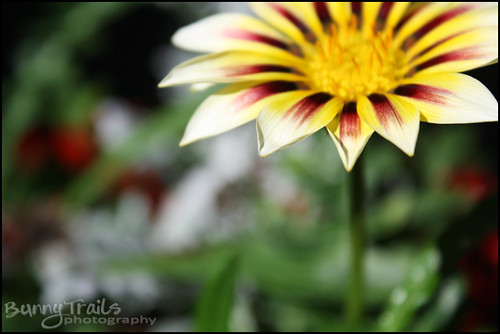One of my daughters wanted me to crochet her a headband with a flower - and it had to be a buttercup! No pressure! LOL This is what I came up with. Not bad for my first attempt. I may try to tweak it later, just to make the part that goes under the hair a little thinner. Let me know what you think.
Supplies:
Sugar & Cream Cotton yarn - 1 skein "Aloe"
Sugar & Cream Cotton yarn - 1 skein "Vanilla Bouquet"
Size "I" crochet hook
1/2" Soft Stretch Elastic
Headband
Cut elastic to 20.5". Measure around head and sew to make a ring. (You can easily make this adult size by adding anothe 2" to the elastic. You will also need to add extra stitches to the pattern (which is very easy to do).
With green yarn:
Attach yarn, to elastic, with sc, (ch1, sc around elastic), repeat 65 times, ch1.
Flip headband around (turn, keeping the stitches you just crocheted on top). You will now be crocheting back around the opposite direction.
Sc in ch1 space, (ch1, sc in next ch1 space), repeat around to beginning. Fasten off.
Flower
With yellow:
ch5, join with a slip stitch to form a ring.
Round 1: ch1, 10 sc in ring, join with slip stitch to 1st sc. (do not turn)
Round 2: ch3, (2dc, ch3, slip stitch) in same stitch, skip next sc, *(slip stitch, ch3, 2dc, ch3, slip stitch) in next sc, skip next sc, repeat from * 3 more times, join with slip stitch to beg sl stitch. (5 petals)
I tied flower to headband with the yarn ends.
Happy Crocheting!
Source: http://kristine-creativecrochet.blogspot.com/2010/08/flower-headband-free-crochet-pattern.html



